Architecture & Modeling
A software architecture separates the overall structure of the system, in terms of components and their interconnections, from the internal details of the individual components.Software Architecture in Practice, Bass, Clements and Kazman (2003)
High-level (architecture)
- Form, structure, organization, communication
- Decomposition of software into subsystems
- Major systems and how they're connected
- Relationship to system (hardware) architecture
- Must be able to support desired features
Low-level (modeling)
- Modules and components
- Classes, interfaces, public functions
- Database tables, relations
- Dynamic behavior
The structure of a software system matters!
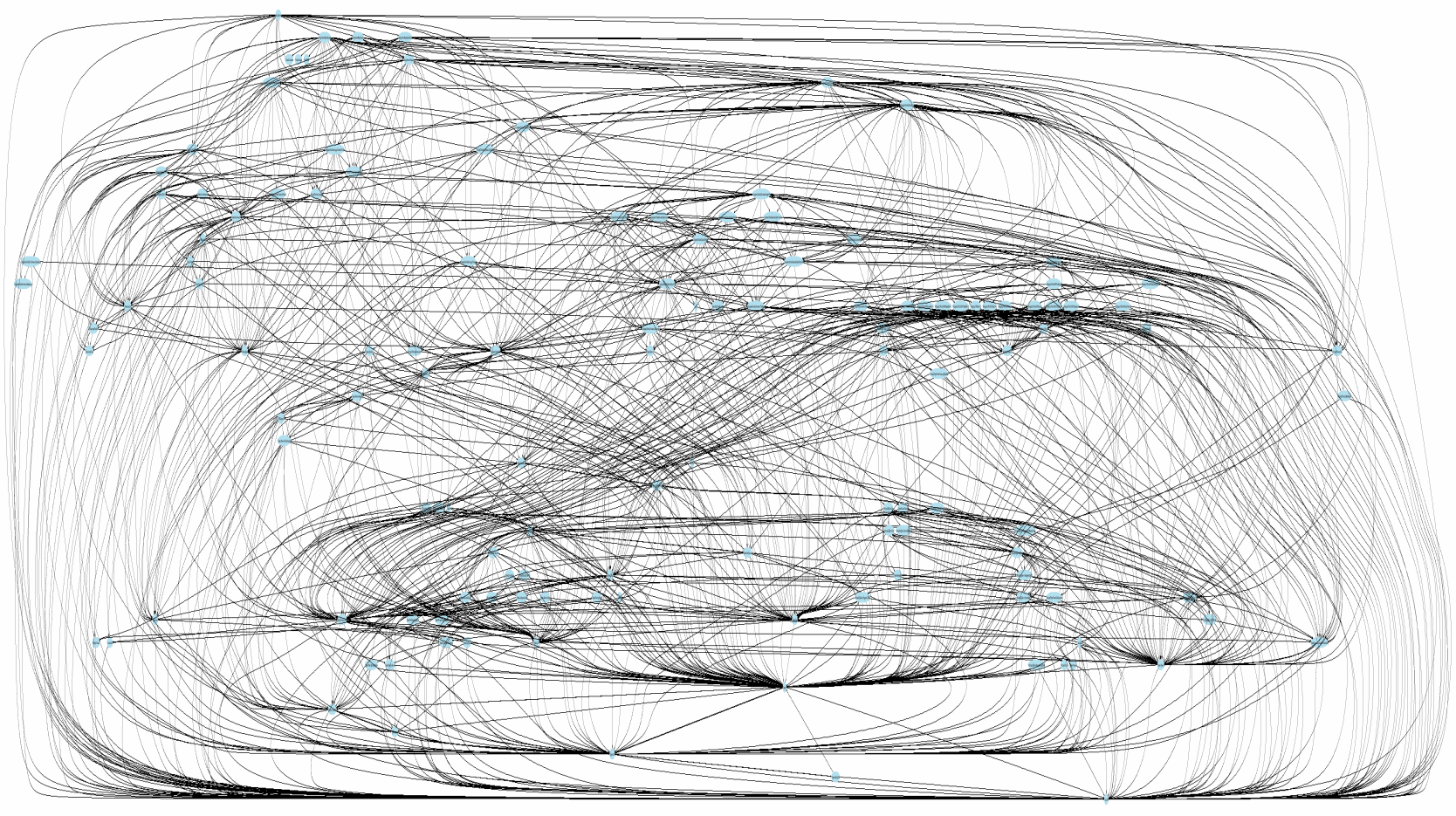
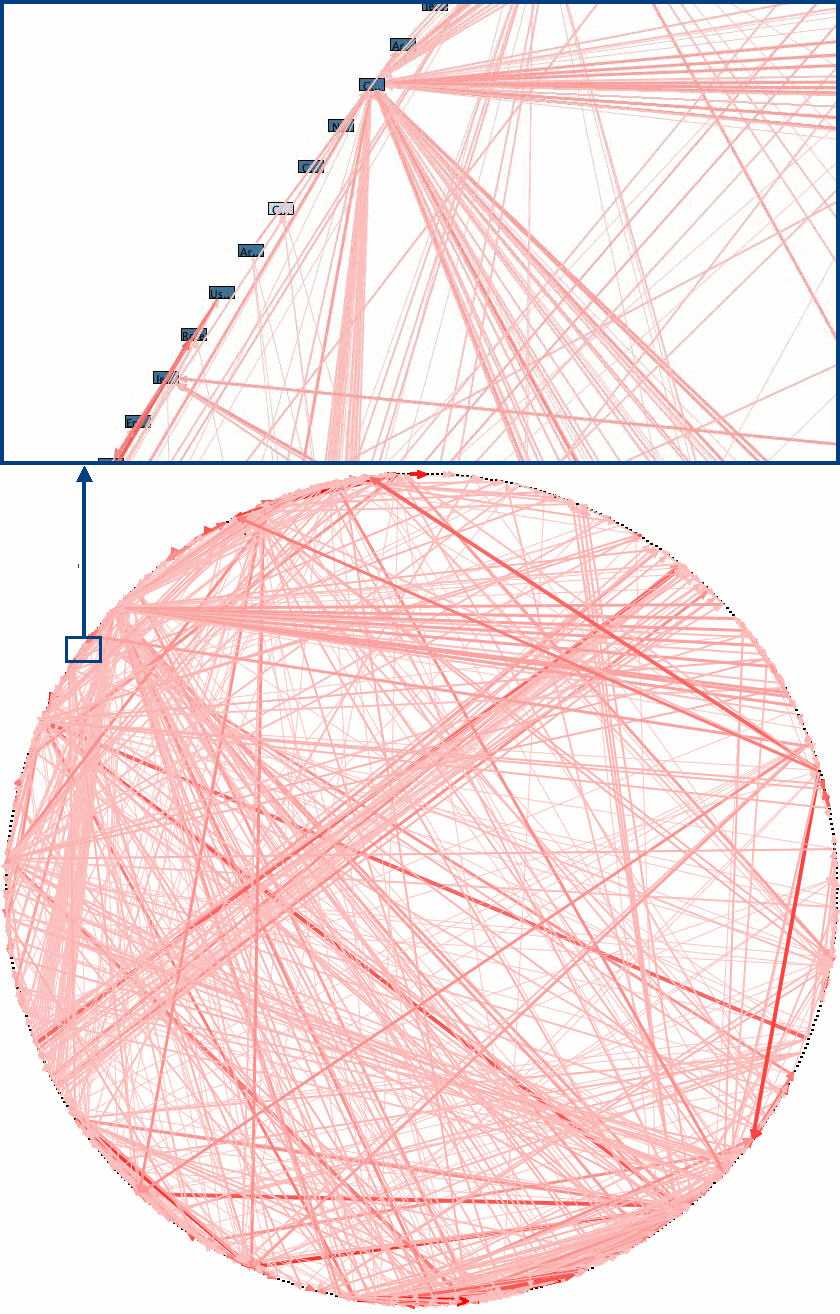
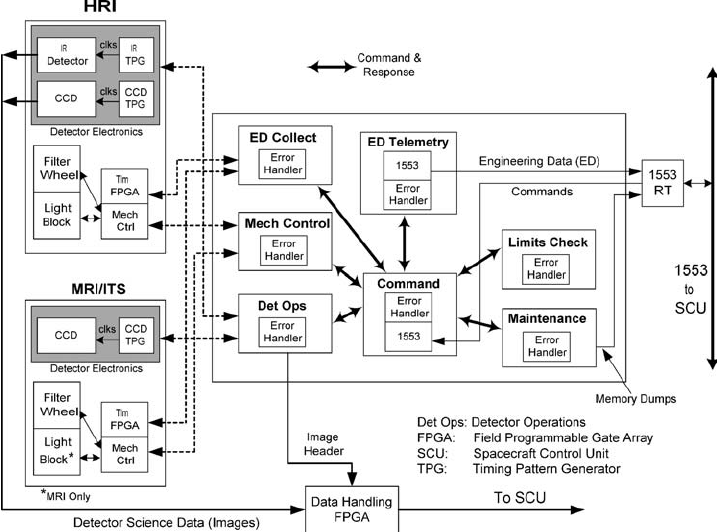
Viewing Architecture
Figures from: Software Modeling & Design, by Hassan Gomaa (2011)Static (Component) View
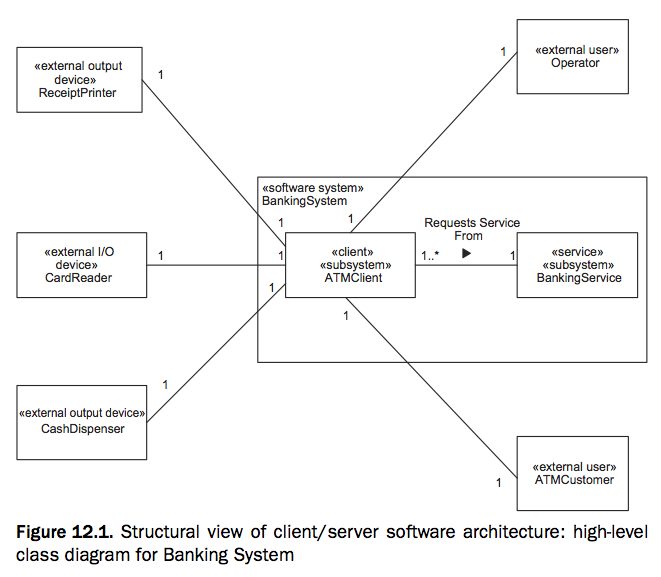 Software Modeling & Design, by Hassan Gomaa ©2011
Software Modeling & Design, by Hassan Gomaa ©2011
Dynamic View
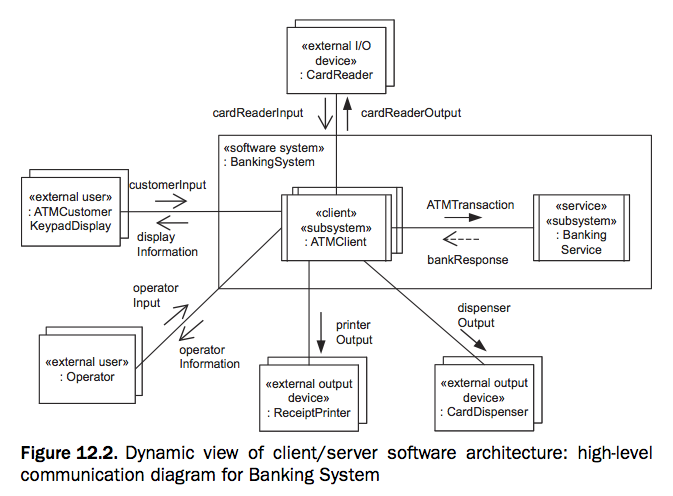
Deployment View
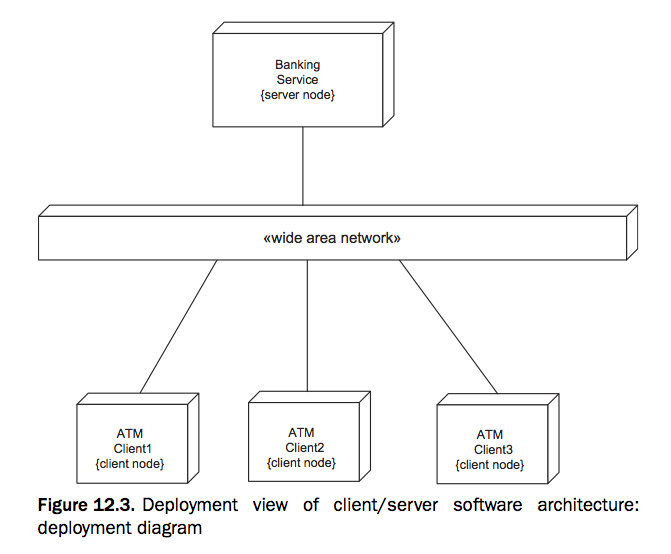
Architecture Design Patterns
Layers of Abstraction Pattern
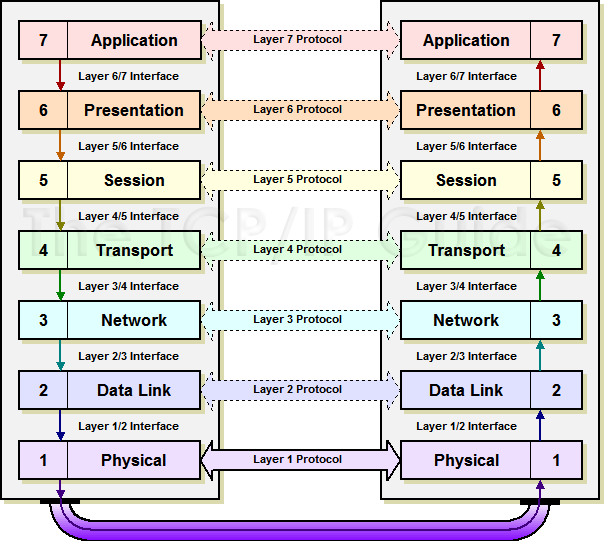
Client/Server Design Pattern
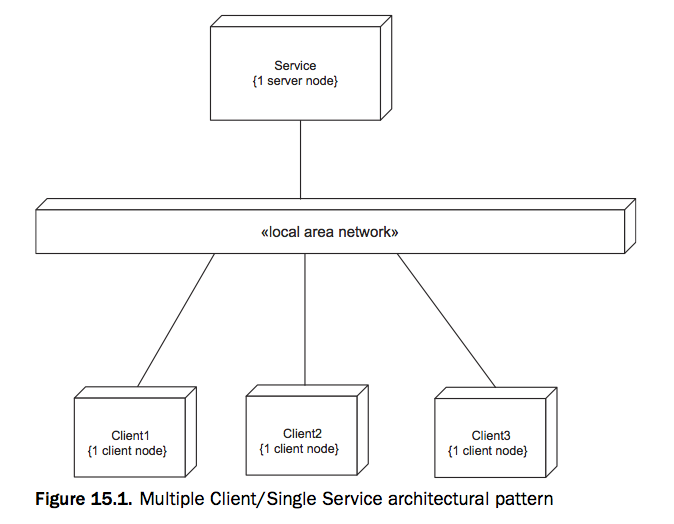
Multiple-Client / Multiple-Server Design Pattern
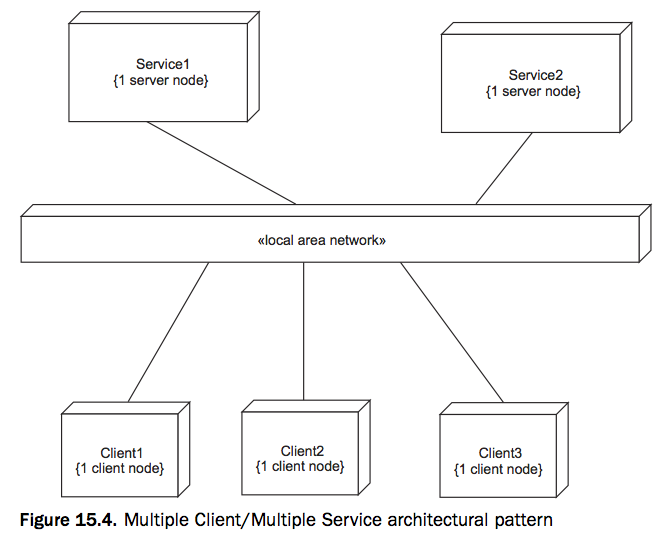
Multi-tier Client/Server Design Pattern

3-Tier Design Pattern
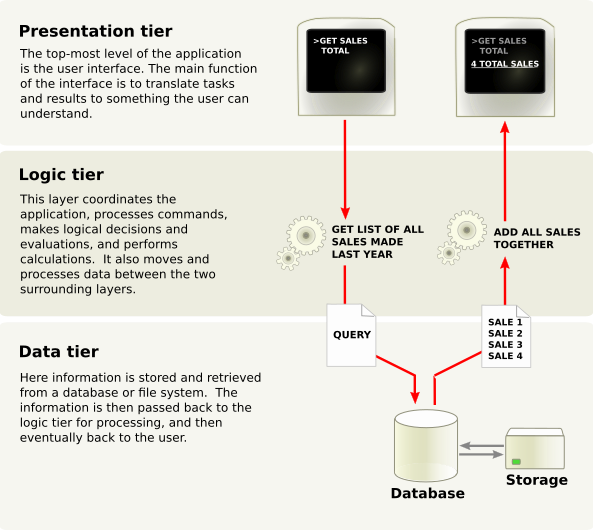
N-Tier “Application”
Microsoft MSDN“N-tier data applications are data applications that are separated into multiple tiers. Also called “distributed applications” and “multitier applications,” n-tier applications separate processing into discrete tiers that are distributed between the client and the server. When you develop applications that access data, you should have a clear separation between the various tiers that make up the application.”
ASP.NET MVC
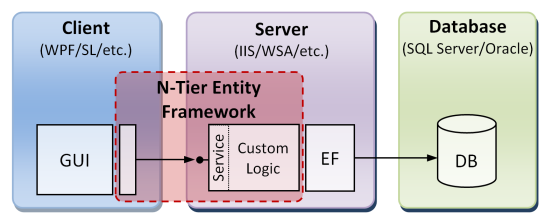
ASP.NET MVC
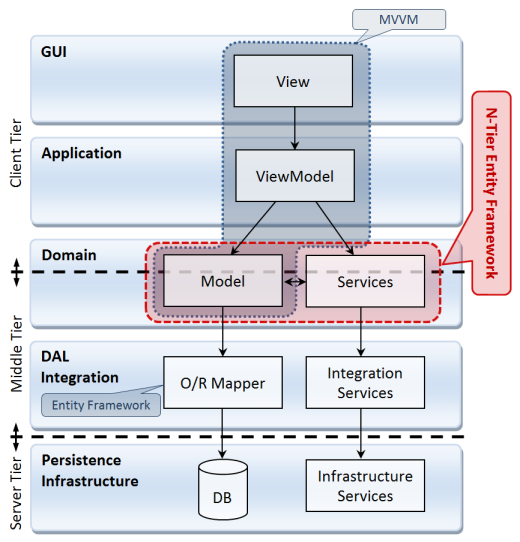
Service-Oriented Architectures (SOA)
“a distributed software architecture that consists of multiple autonomous services. The services are distributed such that they can execute on different nodes with different service providers. With a SOA, the goal is to develop software applications that are composed of distributed services, such that individual services can execute on different platforms and be implemented in different languages. Standard protocols are provided to allow services to communicate with each other and to exchange information. In order to allow applications to discover and communicate with services, each service has a service description, The service description defines the name of the service, the location of the service, and its data exchange requirements”
Software Modeling & Design, by Hassan Gomaa Ch. 16
SOA
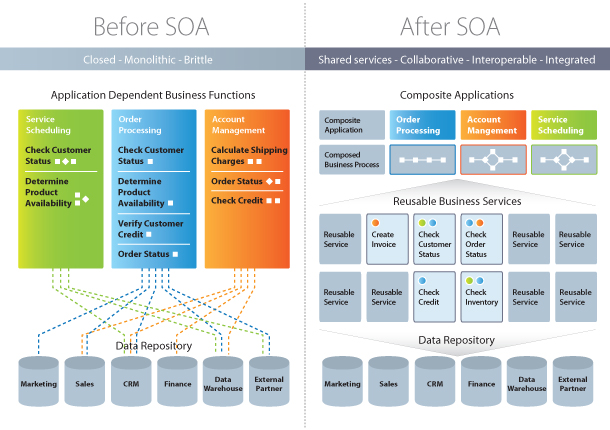
Microservices Architecture
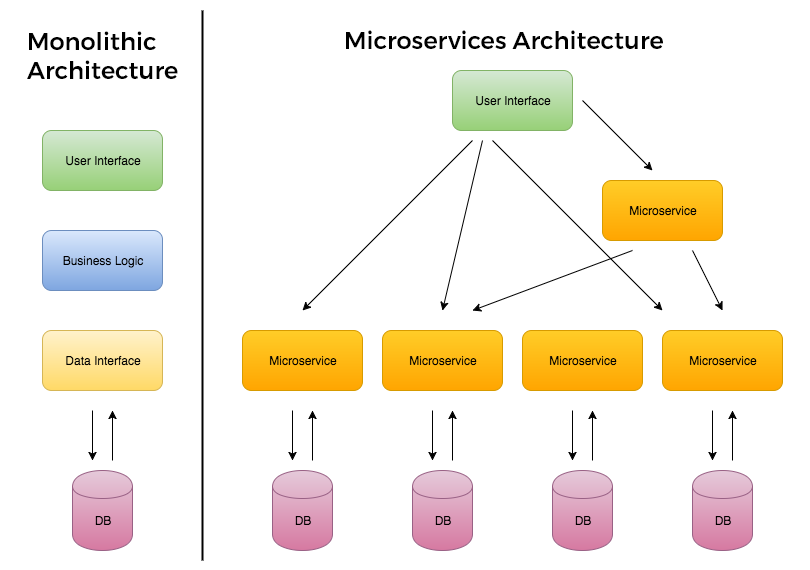
Concurrent and Real-Time Architectures
“Real-time software architectures are concurrent architectures that usually have to deal with multiple streams of input events. They are typically state-dependent, with either centralized or decentralized control. Thus, the design of finite state machines, state-dependent interaction modeling, and control patterns are very important in the design of real-time software architectures.” I/O, Concurrency issues play a major role.
Software Modeling & Design, by Hassan Gomaa Ch. 18
Real-time Control System
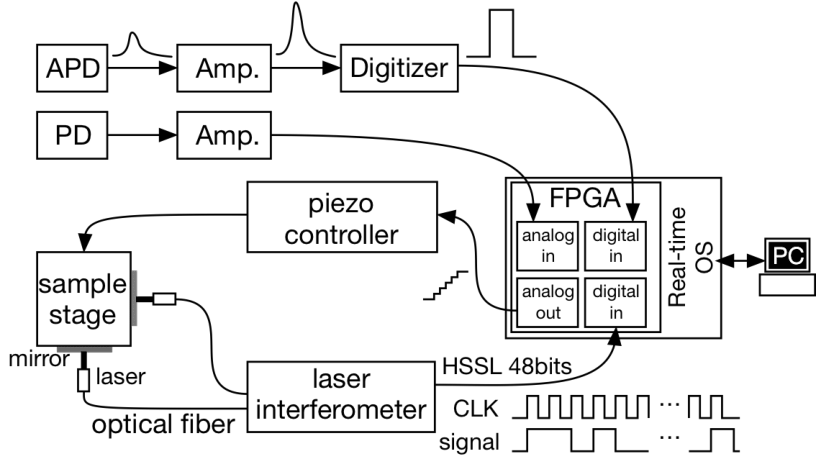
Peer-to-Peer (P2P)
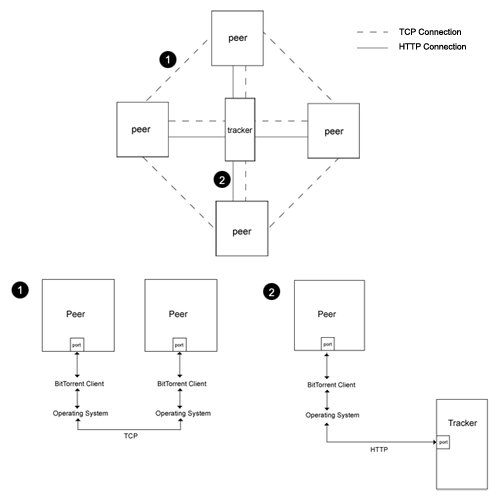
Monolithic
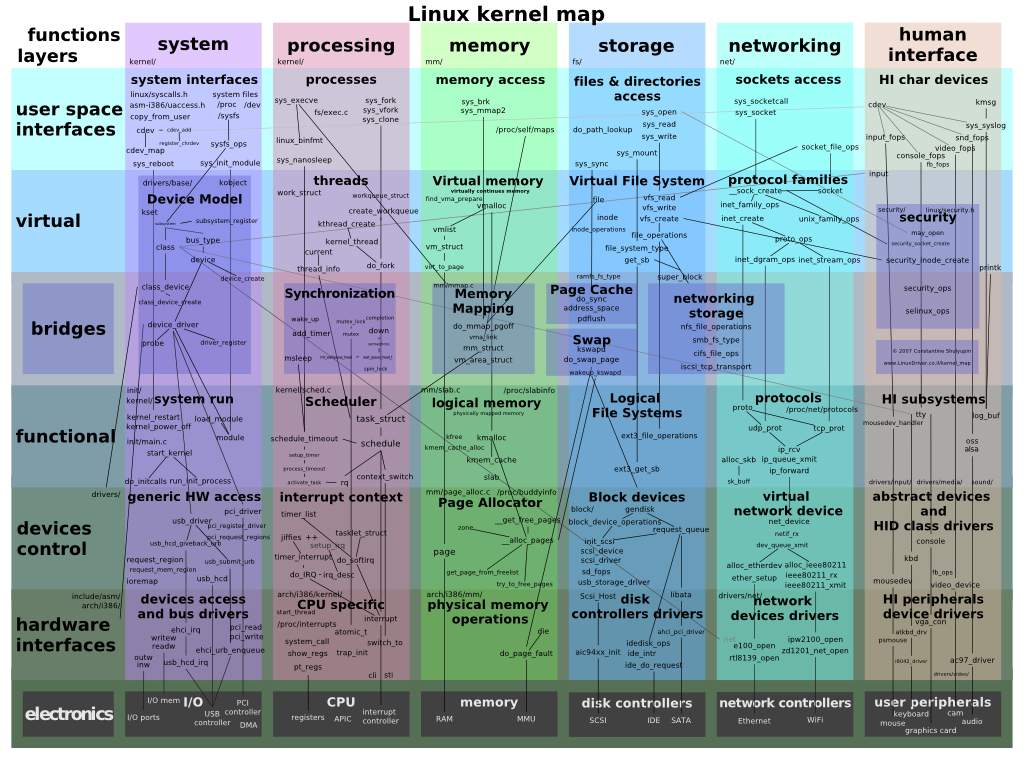
A Developers View

Software Architecture, Design & Modeling
The Language of Modeling
Test Yourself
Write C# code that minimally implements this:
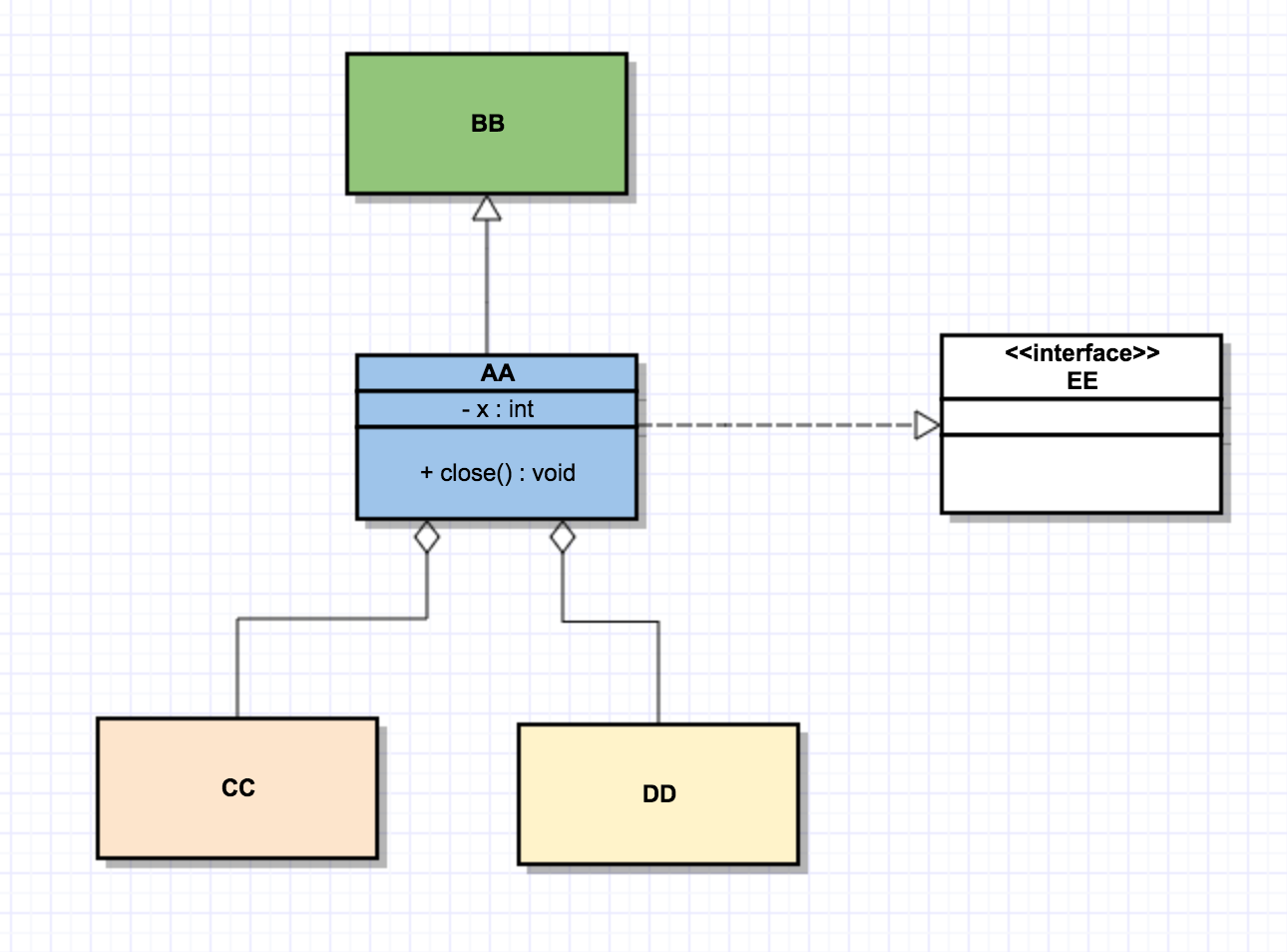
Test Yourself
Draw a class diagram for this code:
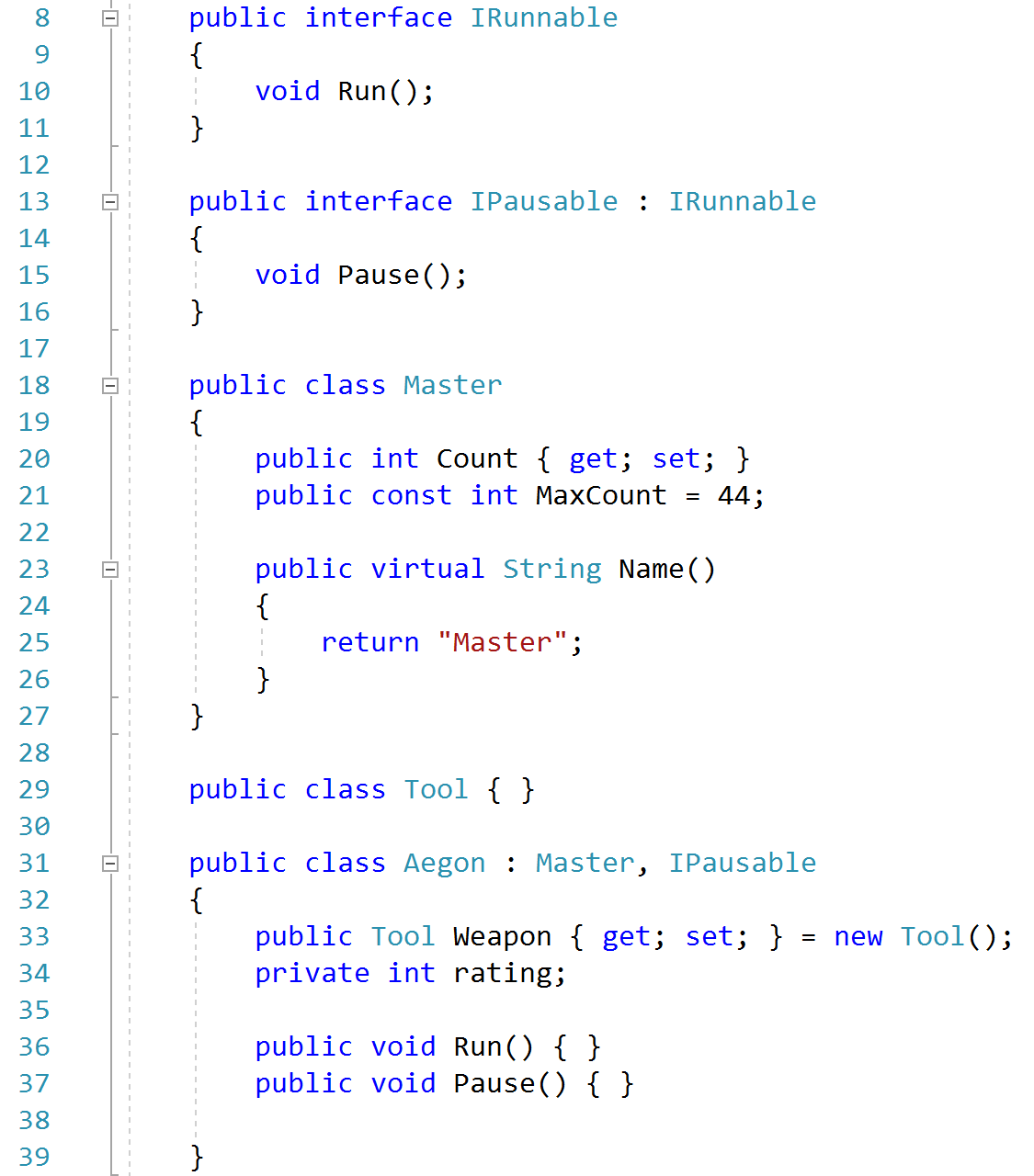
All software engineers should be able to read UML, especially Class Diagrams.
You should be able to draw UML class diagrams starting from code and vice versa, to write code if given a class diagram
Design Patterns
See "DesignPatterns.pdf" slides on main class page